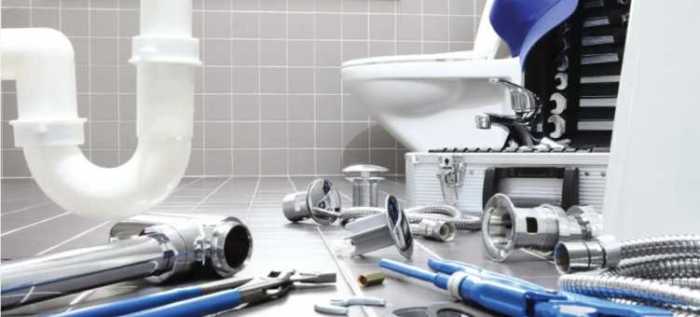In recent years, the world has been grappling with the effects of climate change, dwindling natural resources, and increasing energy demands. As a result, there has been a growing interest in finding sustainable and renewable energy sources to meet these challenges. One such source is bioenergy, which has the potential to revolutionize the way we produce and consume energy. In this article, we will explore the various aspects of bioenergy, its benefits, and how it can change the world for the better.
Bioenergy is a form of renewable energy derived from organic materials, such as plants, animals, and microorganisms explains Scorpius Bio. These materials, known as biomass, can be converted into various forms of energy, including heat, electricity, and biofuels. The process of converting biomass into energy is called bioenergy production, and it can be achieved through various methods, such as combustion, gasification, and fermentation.
One of the main advantages of bioenergy is its renewability. Unlike fossil fuels, which are finite and take millions of years to form, biomass can be replenished relatively quickly through natural processes, such as photosynthesis and decomposition. This means that bioenergy has the potential to provide a sustainable and long-term solution to our energy needs.
Another significant benefit of bioenergy is its potential to reduce greenhouse gas emissions. When biomass is burned or decomposed, it releases carbon dioxide (CO2) into the atmosphere. However, this CO2 can be absorbed by plants during photosynthesis, effectively creating a closed carbon cycle. This is in stark contrast to fossil fuels, which release CO2 that has been locked away for millions of years, contributing to the greenhouse effect and climate change. By replacing fossil fuels with bioenergy, we can significantly reduce our carbon footprint and mitigate the effects of climate change.
Bioenergy can also contribute to energy security and independence. Many countries, particularly those with limited fossil fuel resources, rely heavily on imports to meet their energy needs. This dependence can lead to economic and political instability, as well as vulnerability to supply disruptions. By investing in bioenergy production, countries can reduce their reliance on imported fuels and increase their energy self-sufficiency.
Moreover, bioenergy can play a crucial role in rural development and poverty alleviation. In many developing countries, agriculture is the primary source of income for rural communities. By integrating bioenergy production into existing agricultural practices, farmers can diversify their income sources and improve their livelihoods. For example, they can grow energy crops, such as switchgrass or miscanthus, alongside food crops, or use agricultural residues, such as straw or manure, to produce bioenergy. This can create new job opportunities, stimulate local economies, and contribute to sustainable development.
However, it is essential to recognize that bioenergy is not a one-size-fits-all solution. The sustainability and feasibility of bioenergy production depend on various factors, such as the type of biomass, the conversion method, and the local environmental and socio-economic conditions. Therefore, it is crucial to carefully assess the potential impacts and benefits of bioenergy projects on a case-by-case basis.
In addition to its environmental and socio-economic benefits, bioenergy also has the potential to drive technological innovation and scientific discovery. The development of advanced bioenergy production methods, such as genetic engineering, synthetic biology, and nanotechnology, can lead to new breakthroughs in various fields, from medicine to materials science. Furthermore, the interdisciplinary nature of bioenergy research can foster collaboration and knowledge exchange between scientists, engineers, and policymakers, ultimately contributing to a more sustainable and prosperous future.
Despite its many advantages, bioenergy also faces several challenges that need to be addressed to fully realize its potential. One of the main concerns is the competition between bioenergy and food production. The cultivation of energy crops can lead to land-use changes, deforestation, and biodiversity loss, as well as increased pressure on water and soil resources. To minimize these impacts, it is essential to promote sustainable land management practices, such as agroforestry, crop rotation, and conservation agriculture.
Another challenge is the need for significant investments in infrastructure, research, and development to scale up bioenergy production and make it cost-competitive with fossil fuels. This requires strong political commitment and public support, as well as collaboration between governments, industry, and academia. Incentives, such as subsidies, tax breaks, and feed-in tariffs, can also help stimulate investment and innovation in the bioenergy sector.


























